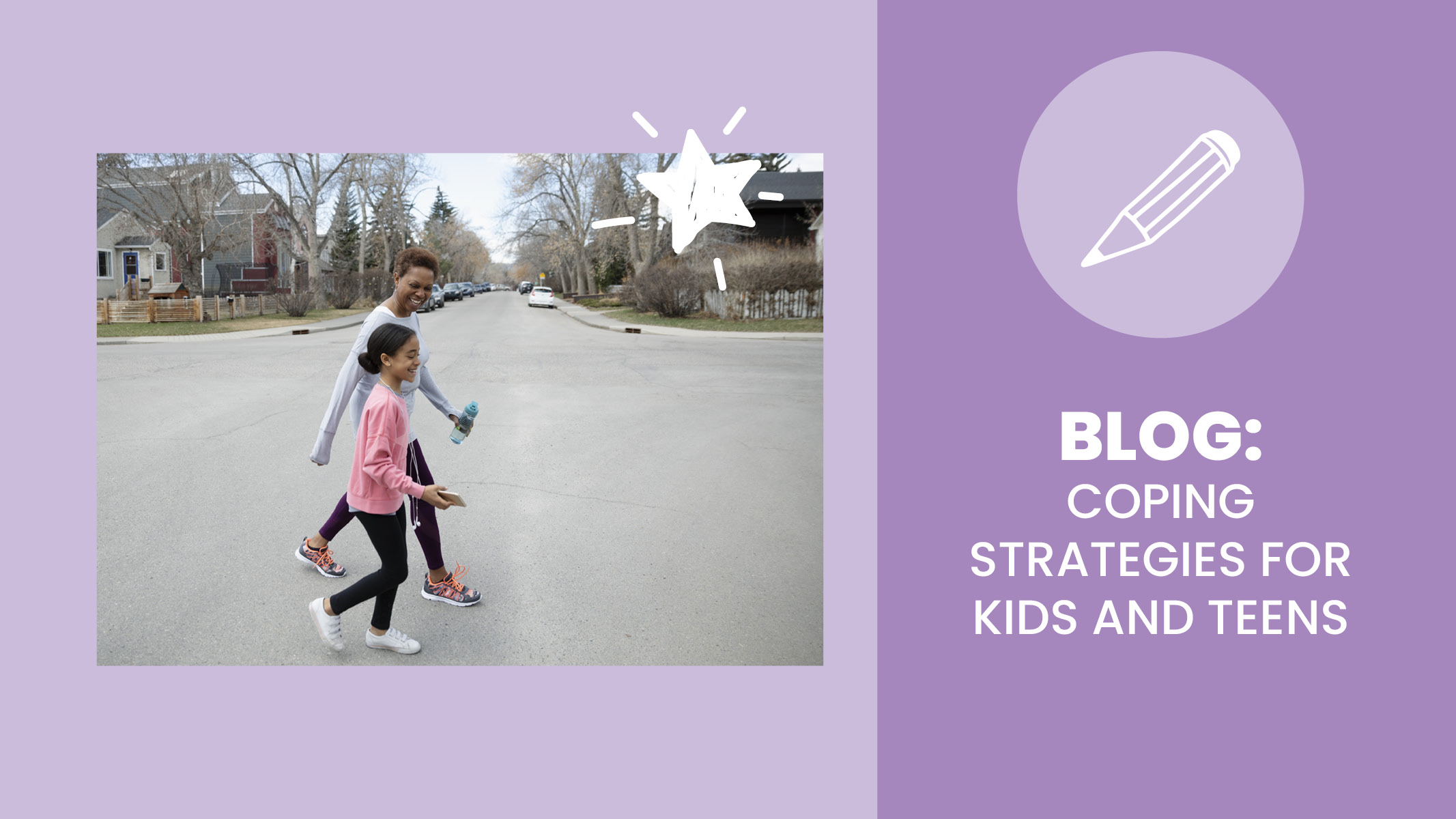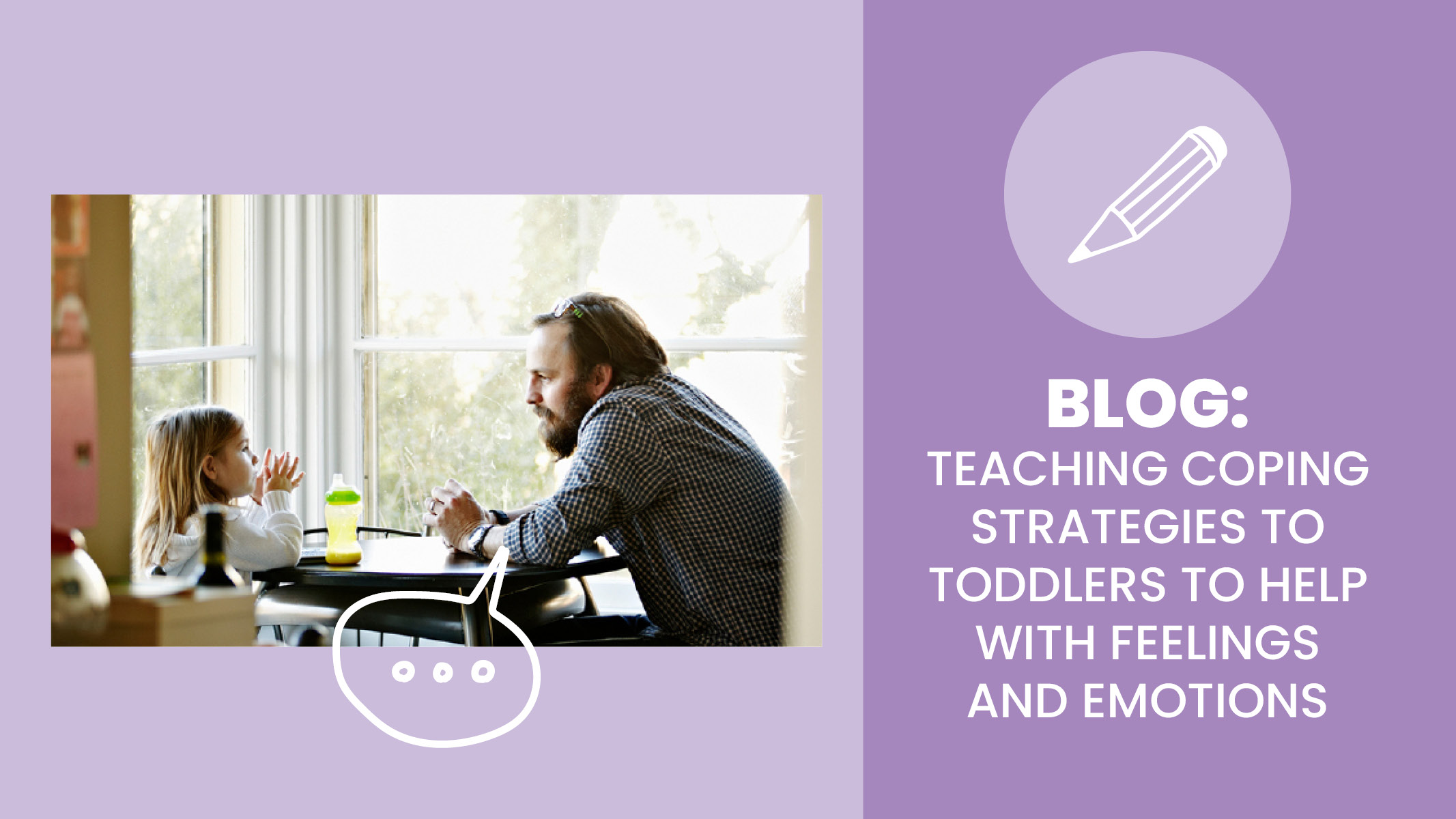Toddlers, just like adults, experience many different feelings. Yet identifying and coping with these feelings is not something they’re born knowing how to do. Helping them develop these skills is important to their emotional development now and for years to come!
After hearing the long-term benefits, it can be reassuring to know that it’s never too early or too late to get started! First, understanding what coping strategies are and how you can teach them to your toddler is important. Coping strategies are individual ways kids and adults can adjust and handle any stressful or overwhelming situation, and they can be unique to everyone. Before trying any of the coping strategies below, be sure to read our expert-backed advice on how to teach coping strategies to toddlers here.
Movement and Breathing
- Dance or wiggle to shake out overwhelming feelings.
- Practice gentle and joyful movement! For toddlers, try these read-along animal yoga cards to tell a story while your child practices poses.
- Get some fresh air together by going for a walk.
- Try having your toddler focus on their breathing. You can practice together with these animal breathing techniques.
- Use a fidget toy.
Resting
- Take some quiet time in a cozy spot. Check out this article to learn more about what a cozy spot is and how you can create one anywhere.
- Read a book together. Find 20 board book ideas for helping toddlers develop healthy habits here.
- Practice mindfulness exercises. Download the Mindful Moments Card pack for 20 free mindfulness activities. Look on the ‘How to Use’ card for guidance on using with toddlers.
- Find a comfy spot and listen to your favorite music!
- Watch a video together that takes you through a relaxation exercise. Try Brain Rain to get started!
Get Creative
- Color or draw. Bonus: ask your toddler to color or draw how they are feeling.
- Play with Play-Doh.
- Feel and experience sensory items like rice, shaving cream, etc. Discover how to make a sensory book at home here.
- Together, create a glitter jar to encourage deep breathing. Click here to learn how you can make one at home!
Mindset
- Start practicing simple, positive “I am” statements with your toddler. For example, “I am brave!” “I am kind!” “I am important!” “I am calm!”
- Hug a stuffed animal or someone you love.
- Read “The Little Engine That Could” and discuss the importance of believing in yourself. When experiencing something new or challenging, tell yourself, “I think I can!”
Keep in mind that a coping strategy that works for one child may not be helpful to another. Take time to try different calming activities together and discover what is best for your unique child.
Lastly, it’s important to remember that while coping strategies are useful, they will not eliminate meltdowns. Tantrums are a normal part of development!
Ready for More? You Might Also Like:
Little Learners Cozy Spot fit-Kit
My Keep Cool Cards: Printable Coping Strategy Cards for Kids
Countdown to Calm: A Calm Down Activity for Kids


